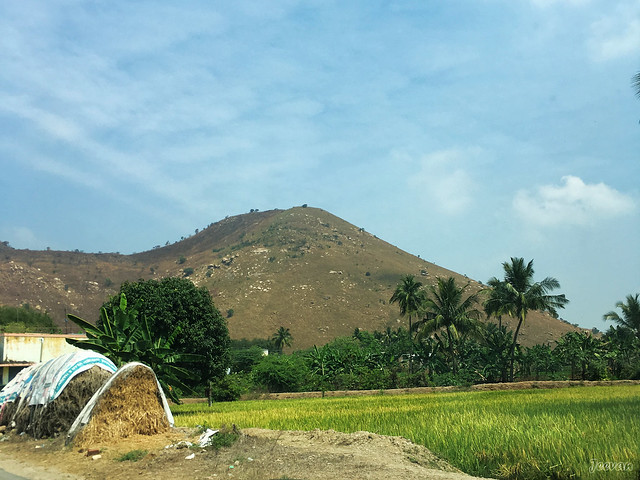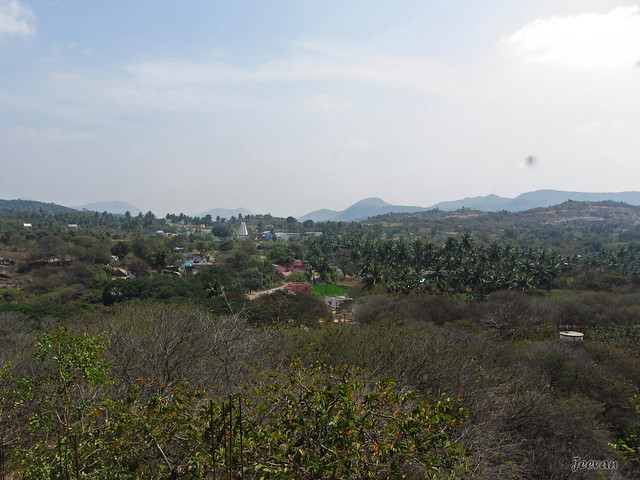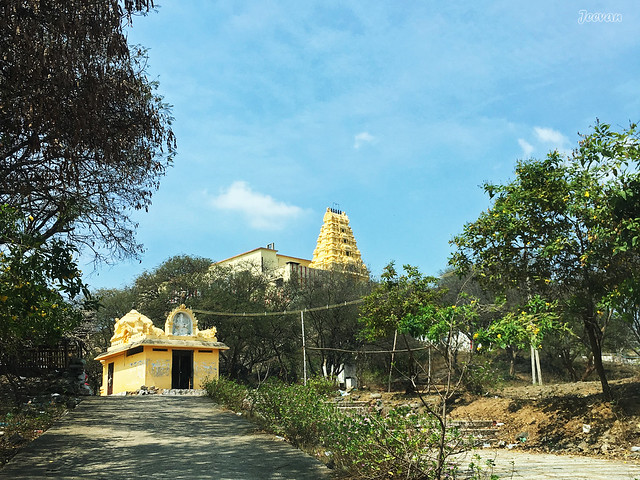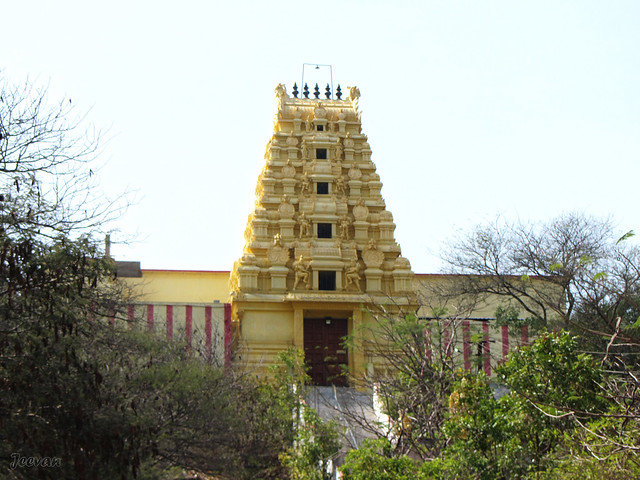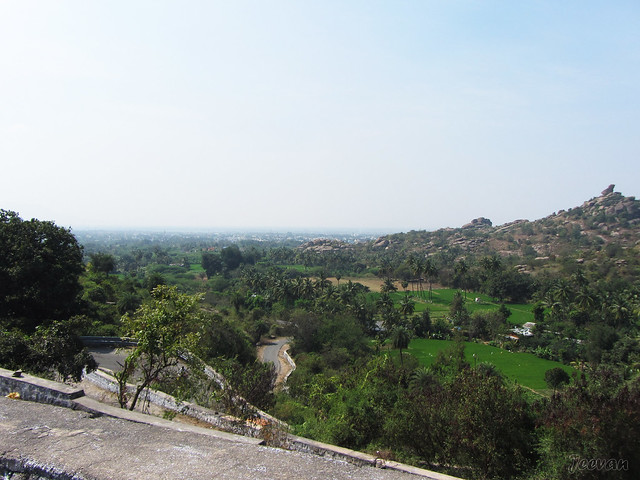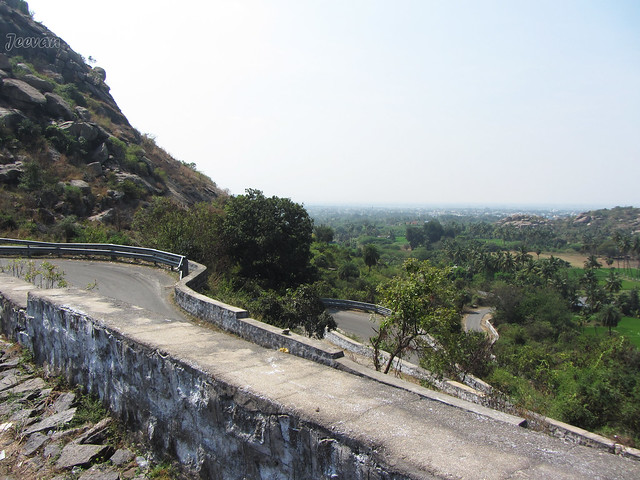Last Sunday, I was able to go out for the first time in nearly 5 months. I chose to go to a place that hadn't been much explored by many. But when I got there and saw rows of cars parked in front of the lake, I realized I had guessed wrong. Among the row of cars, ours (a black Scorpio) is in the middle, and it was me sitting in the passenger seat.
I learned about Kumizhi from a vlog and knew I had to come as soon as possible, but it took me more than a year to visit. Kumizhi is a village about 50 km south of Chennai, on the Nellikuppam road between Kandigai and Othivakkam. Kumizhi features a beautiful lake and small hill forests at a distance of 700 meters in the western direction from the Kumizhi bus stop.
Being Sunday, I expected to see a lot of bikers in Kumizhi, as I had seen a lot of photos and videos of them on Instagram, but instead, I saw families and kids. The reason I noticed it was because the Kovalam Surf School had set up a camp there, and the students and their families had accompanied them and kept themselves occupied on the peaceful lake.
Another surprise awaited me: the lake bank had been fenced off from vehicles entering, and a small gap was left for the public to enter. Though it kept me away from the water, as I thought of getting close by car (I haven't taken my wheelchair to get down there), it was a good decision to protect the lake and its environment from damage by vehicles since the bikers take their bikes deep into the woods beside the lake.
We drove for a km and a half on the road alongside the lake and forest to enjoy the scenery, and the wind was cold since it was evening and the late winter season. It caressed. I have marked a couple of peacocks spotted in the forest. Because of the contrasting sunlight, we didn't get a clear picture.
The forest seems to have many birds, and we observed some peacocks, one of which flew across the road, and I also noticed a mongoose on the road. Although seeing a mongoose isn't surprising given the number of them in our neighborhood, I wish I could have spent more time there viewing additional birds and creatures. Avoid Sundays if you want to appreciate the peace of nature.
In addition to swimming, the surf school (that was camped there) appeared to offer kayaking to students, and I also spotted a student balancing on a surfboard on the tranquil lake. During the rainy season, I saw images of the lake where the water level had risen to the road, but when I saw the water level had dropped, it seemed to be an advantage for practicing water sports.
My mom went close to the lake to capture these photos on my behalf. We left the place with a desire to come back, and I wish to come back in my wheelchair to explore the nature out there. I recommend this place as the best picnic spot for family and friends' gatherings and for those who want to spend time in peace and meditation.
I'm guessing the lake is already a campsite, with small hikes and tent stays arranged in advance. The road is well tarred for less than a kilometer from the lake up to the Siva temple in the middle of the forest, and it continues to be a perfect off-road for riders alike.
I went for a short ride on this road just for fun, and I believe that the road that is less traveled or offroad provides the best experience of nature, and I enjoyed it. And it wasn't difficult for us because we were in a high-ground SUV, but cars will suffer.











































